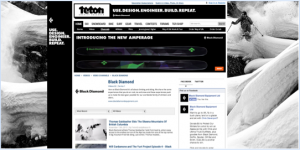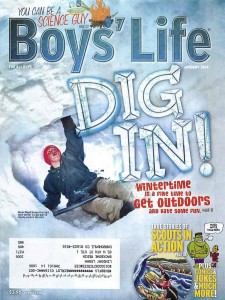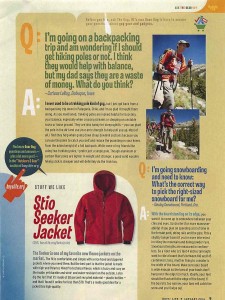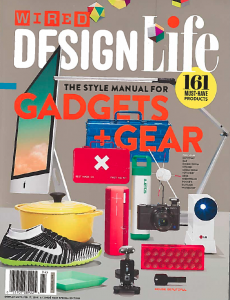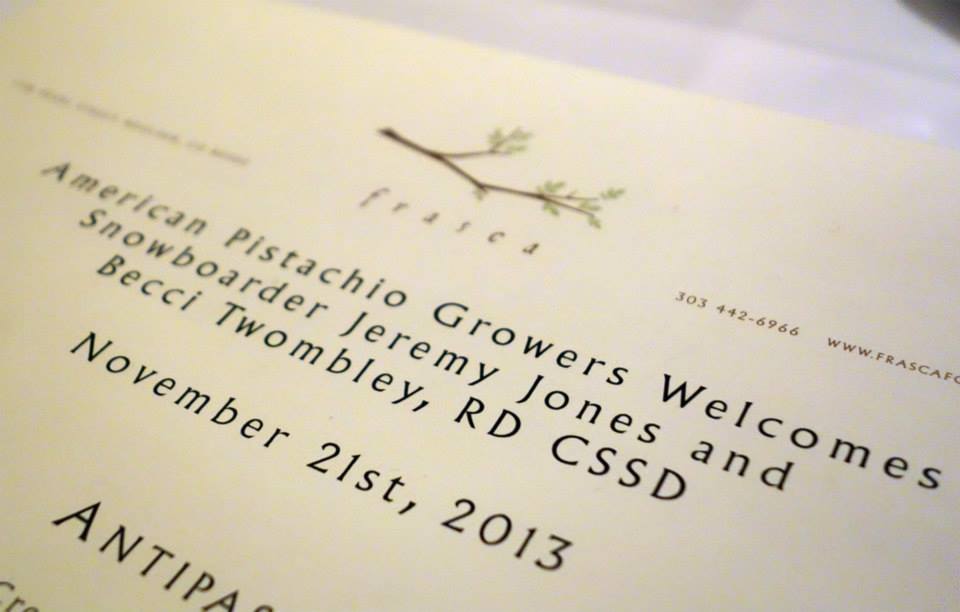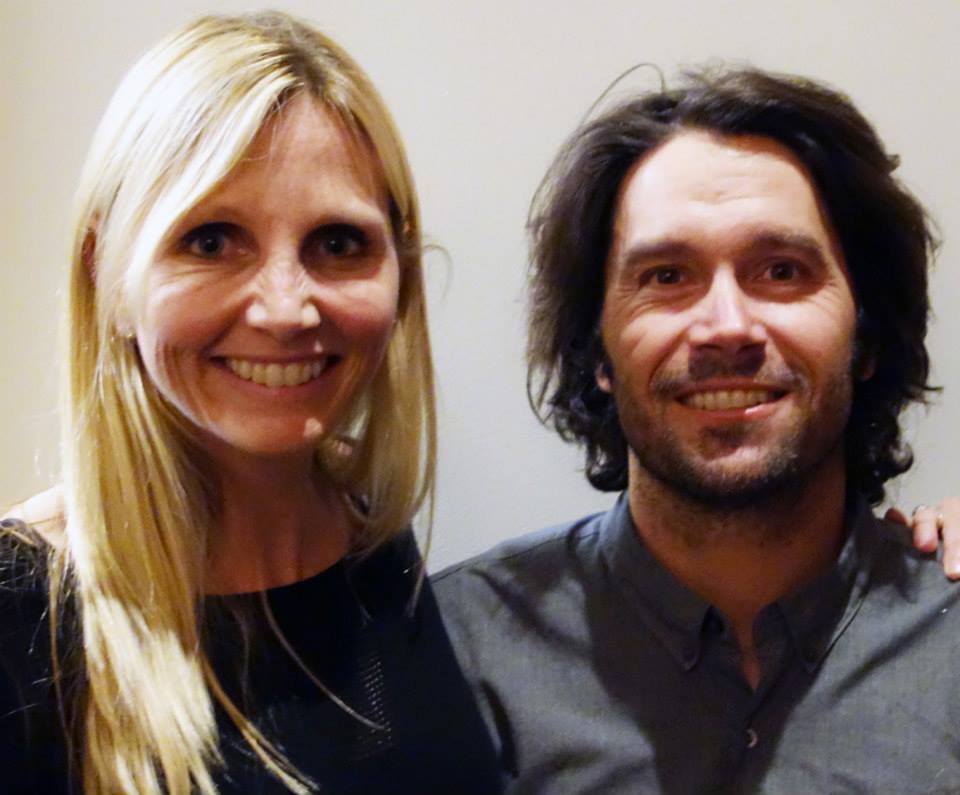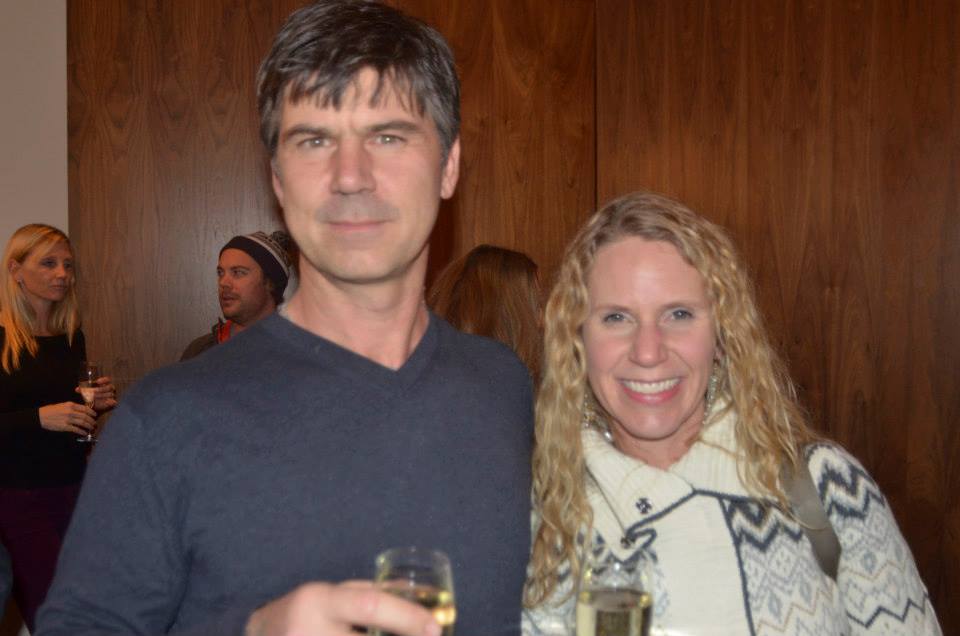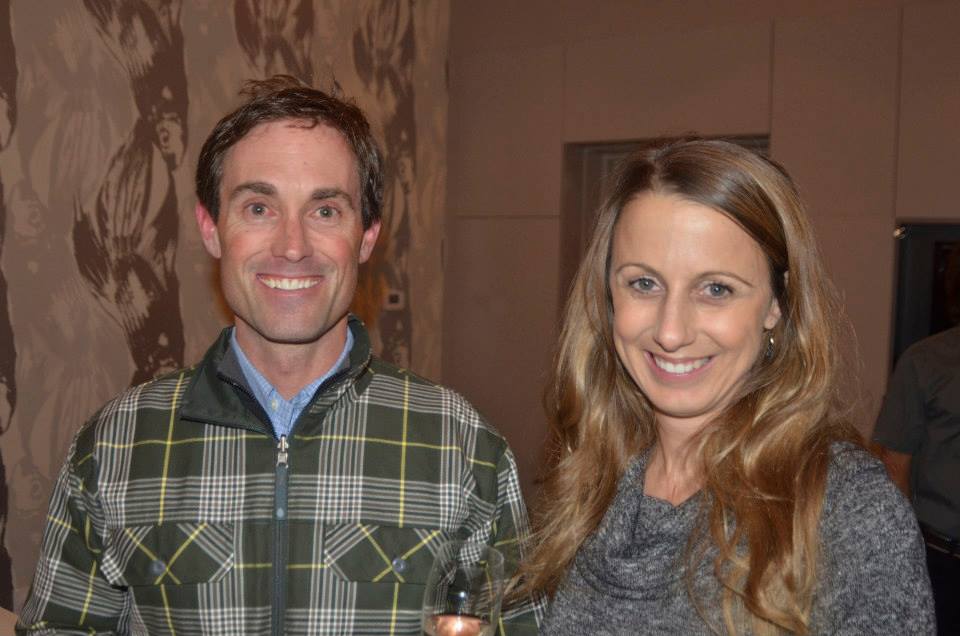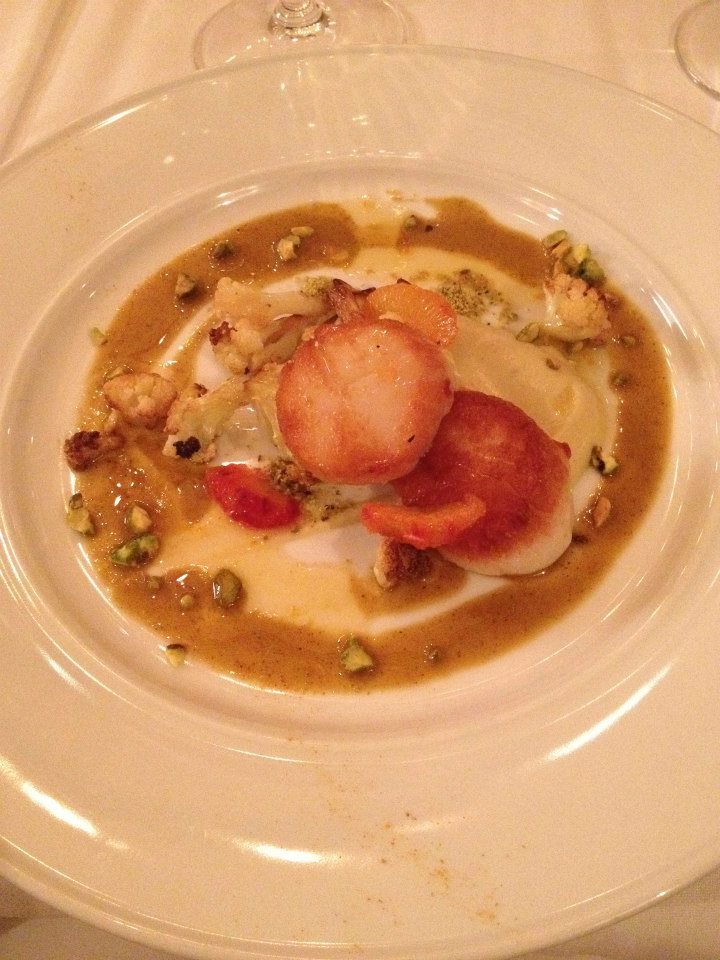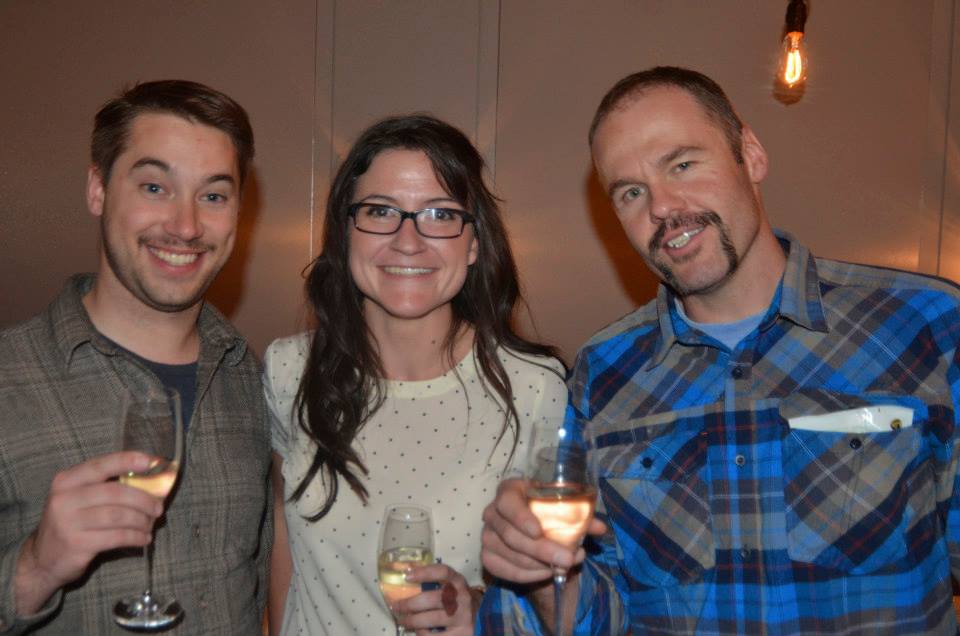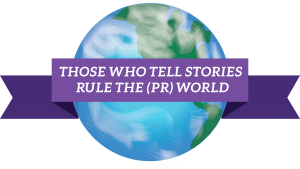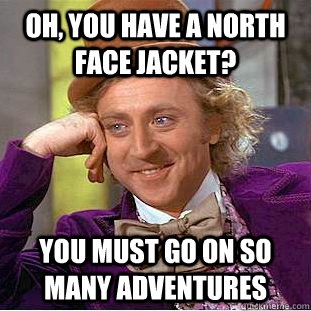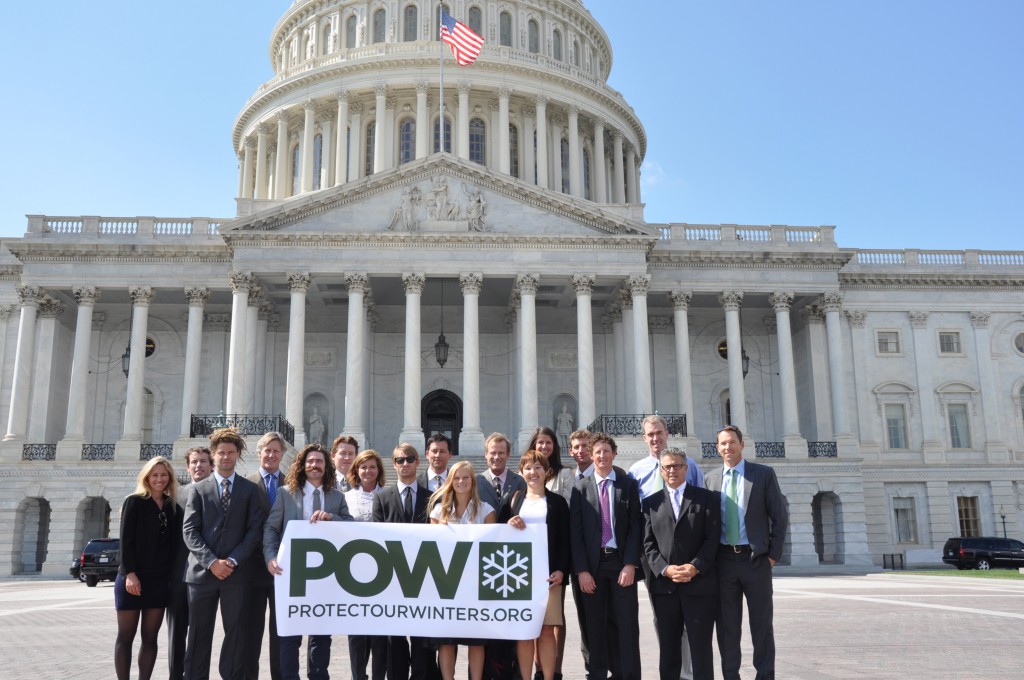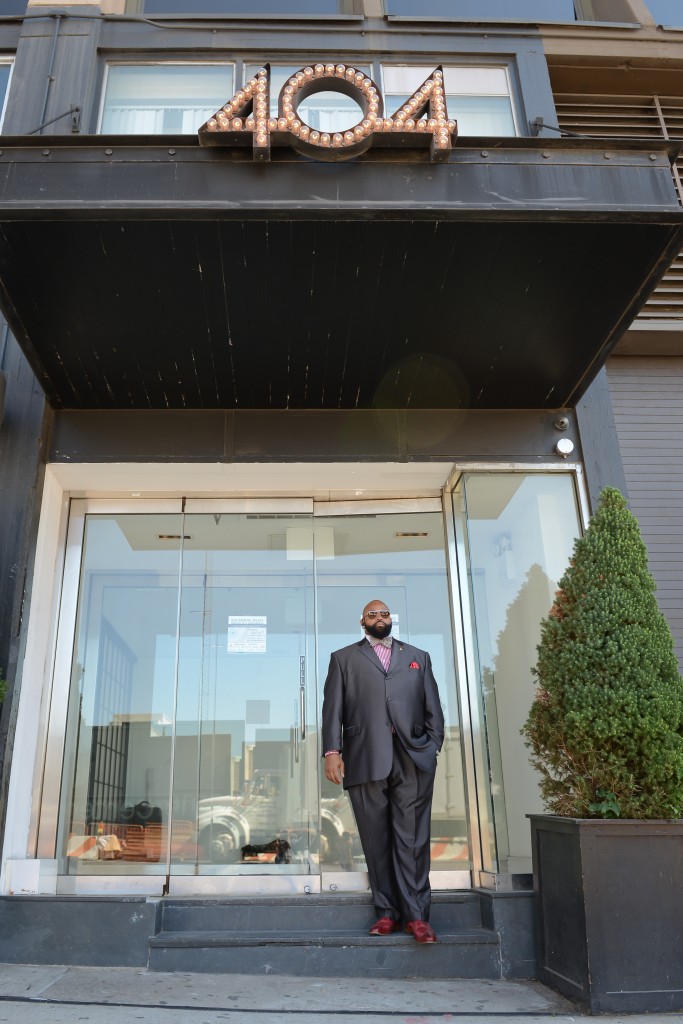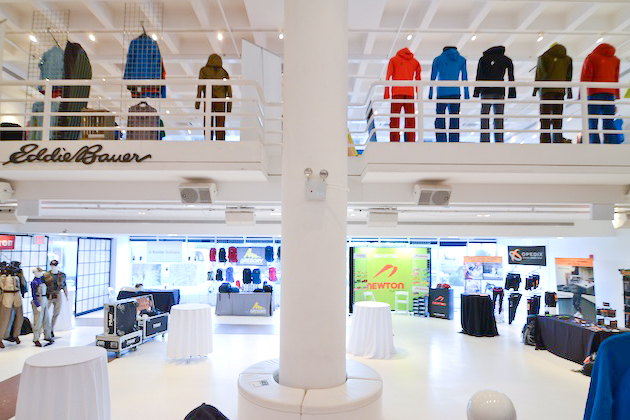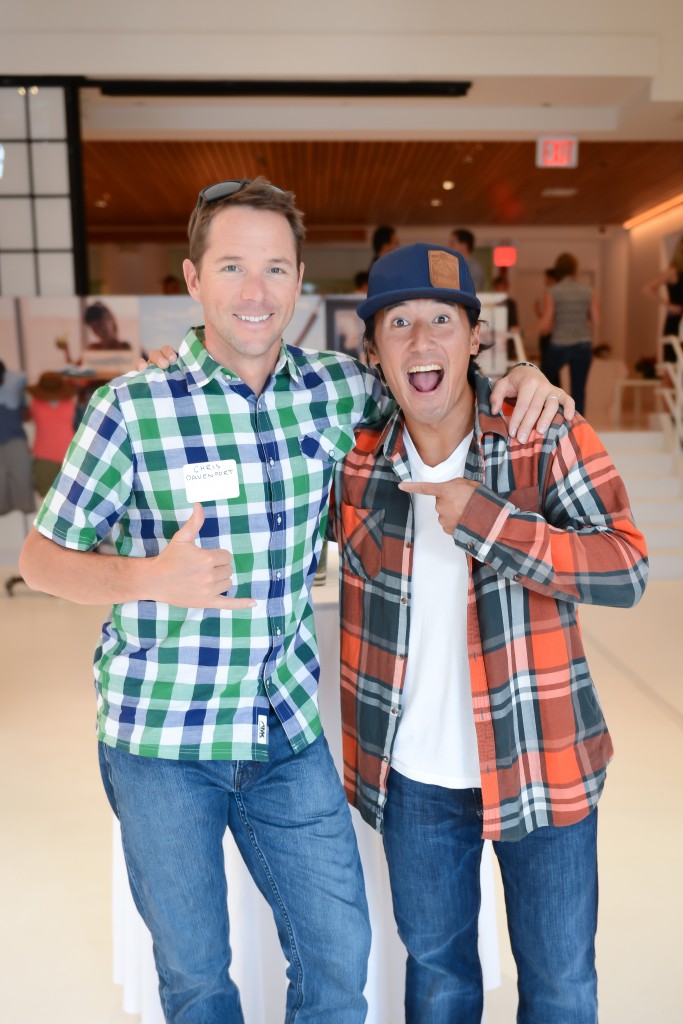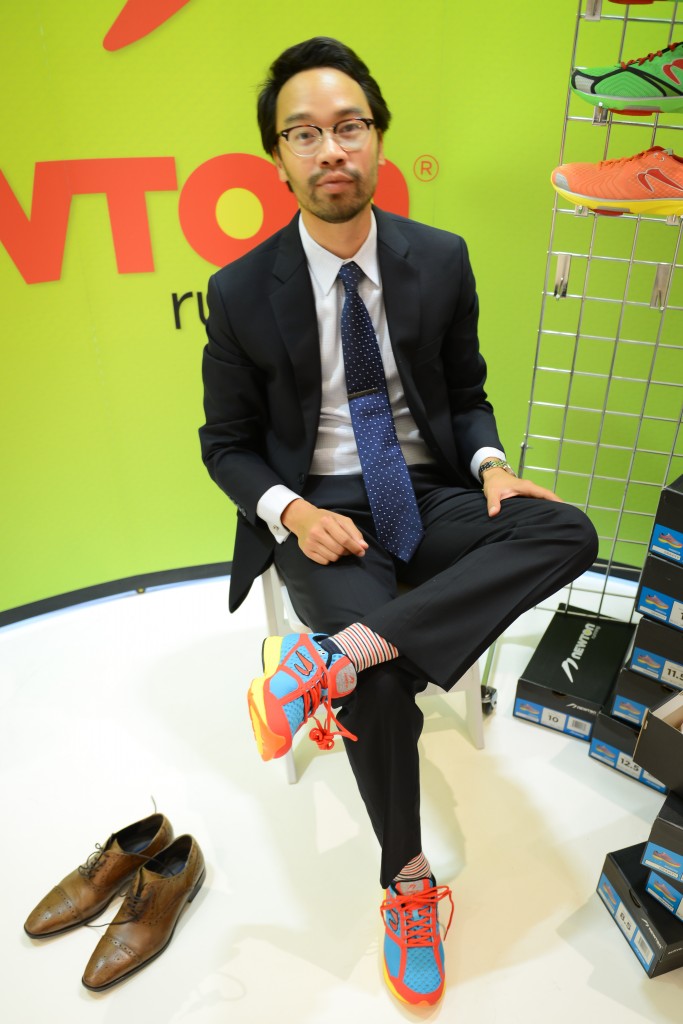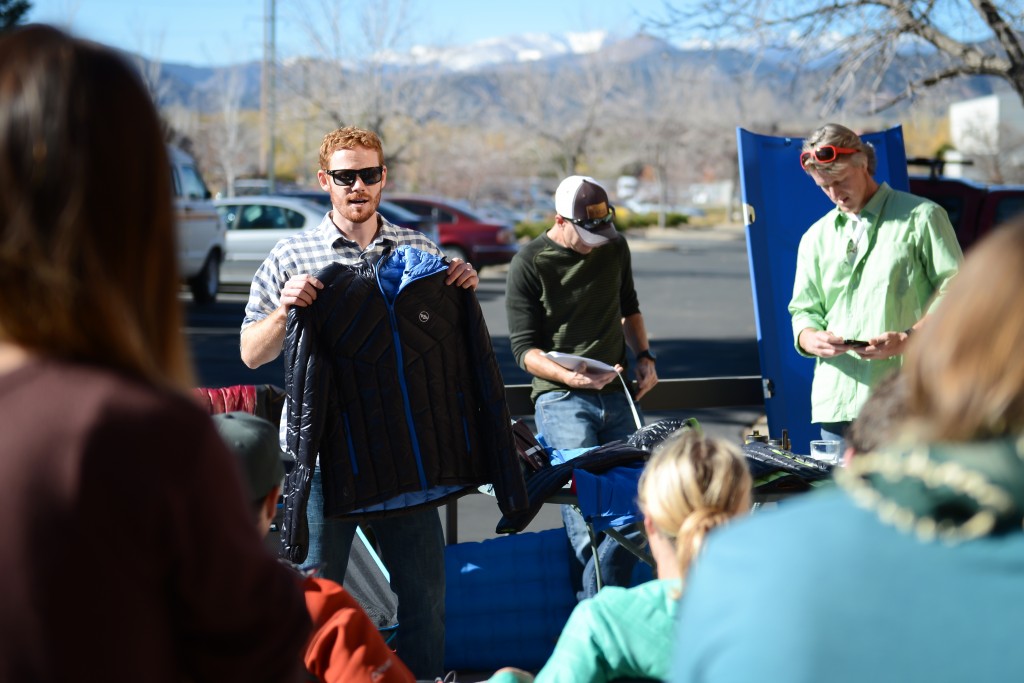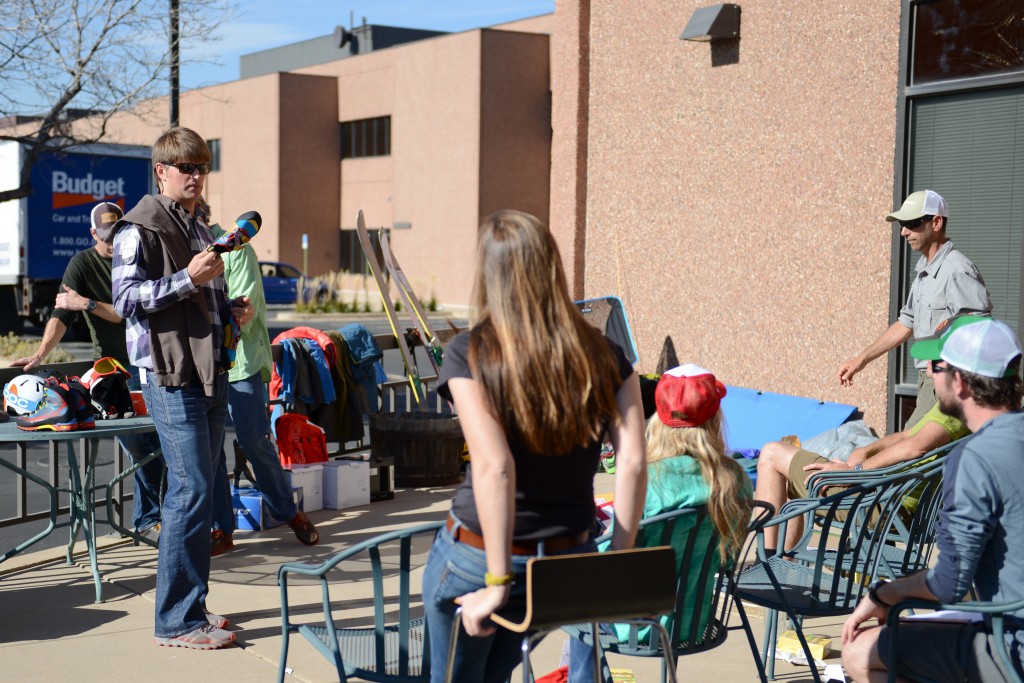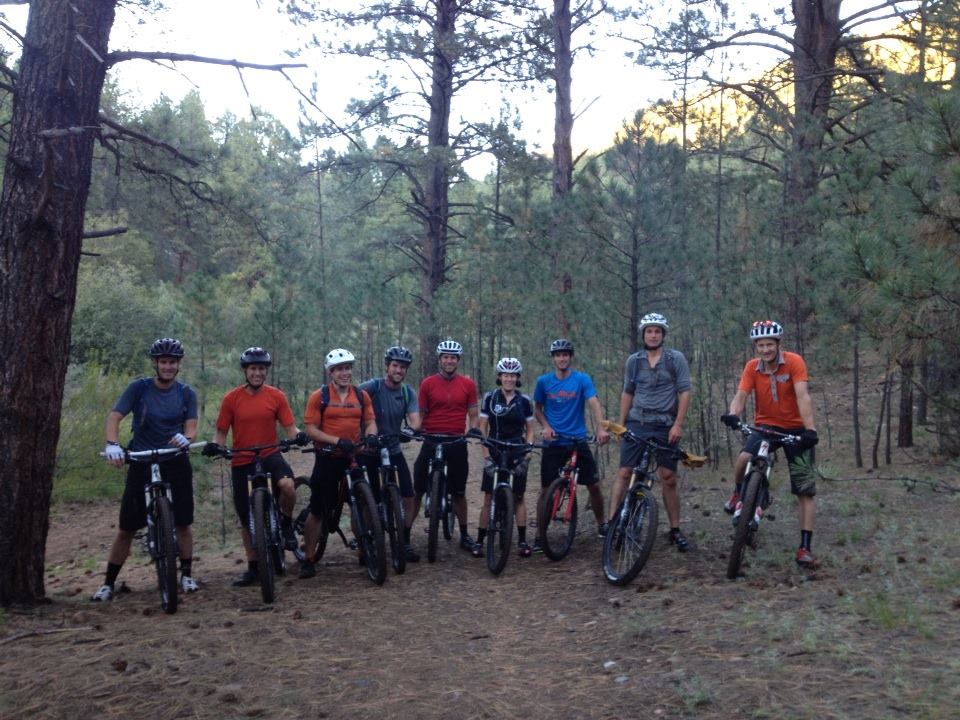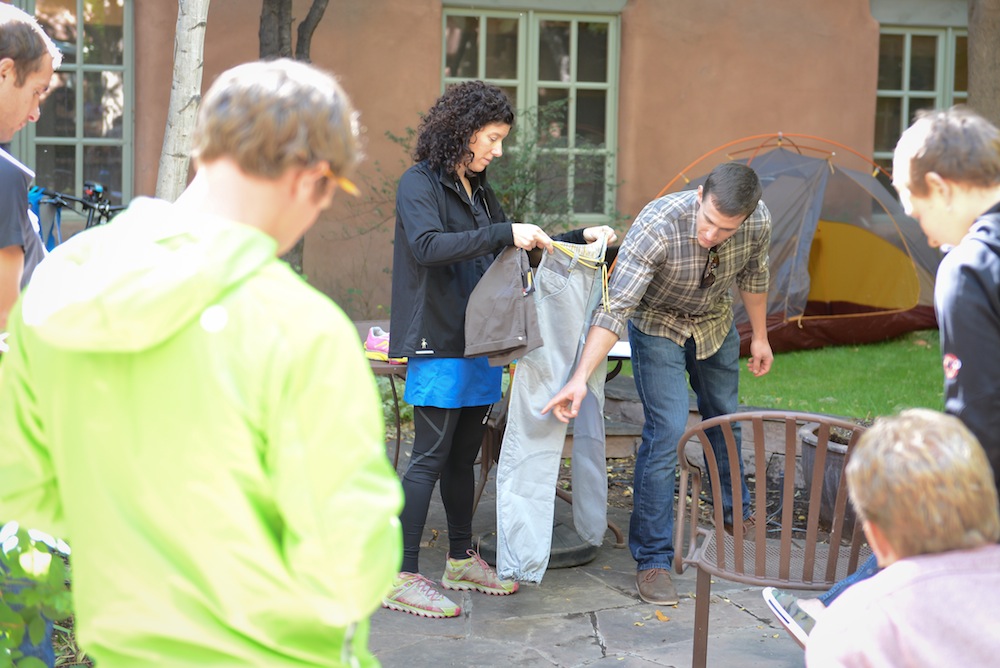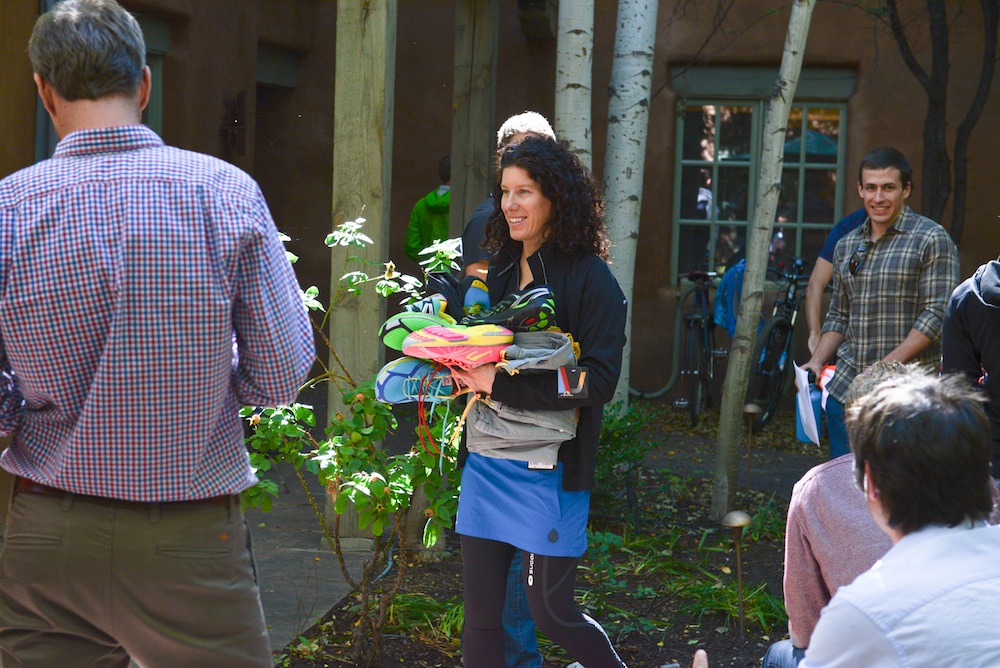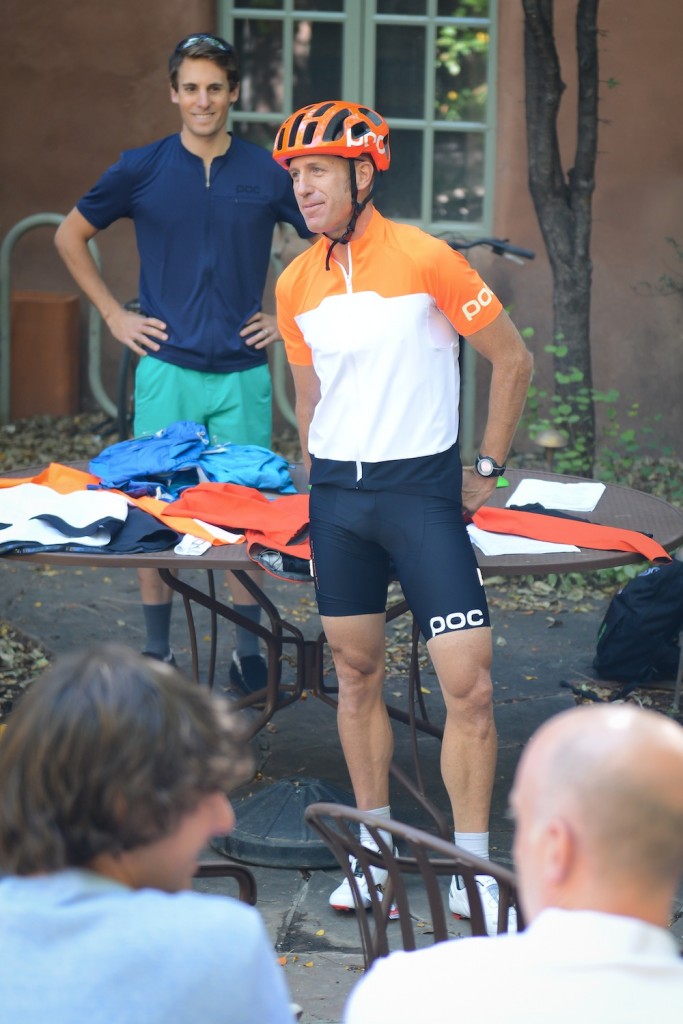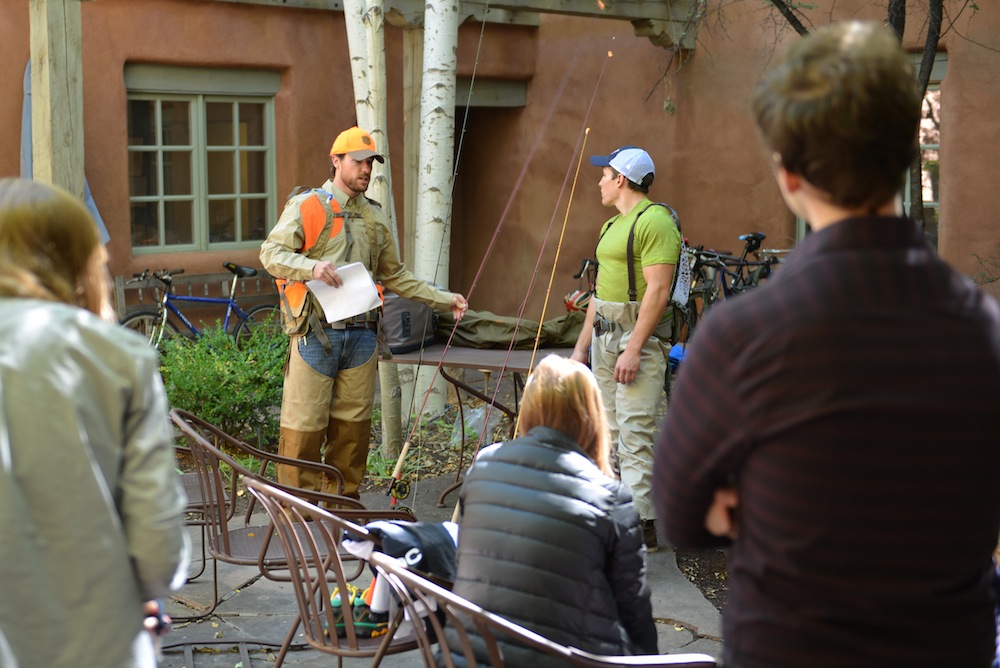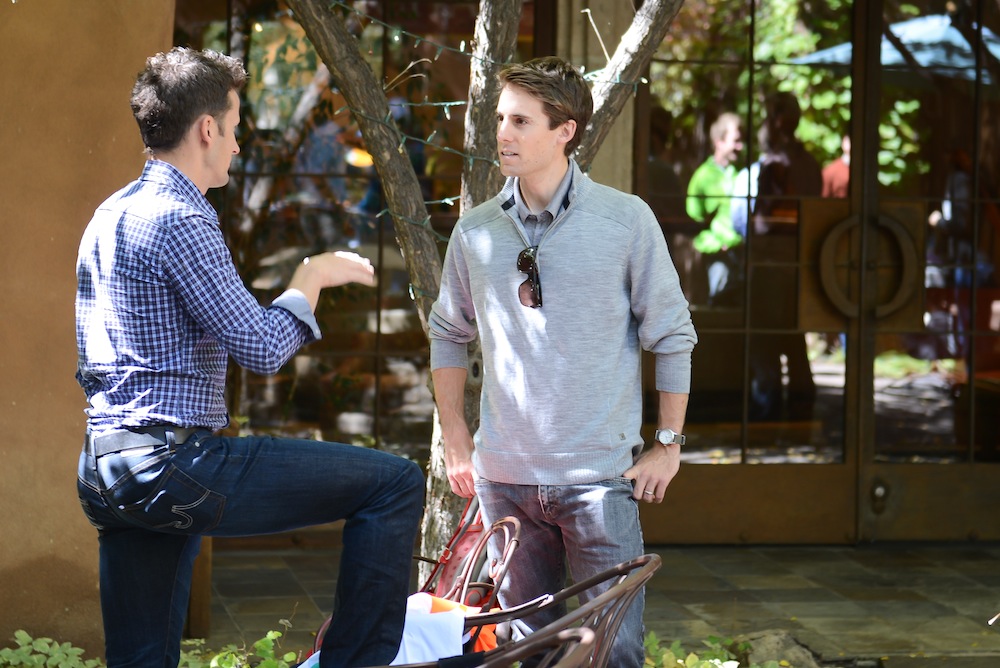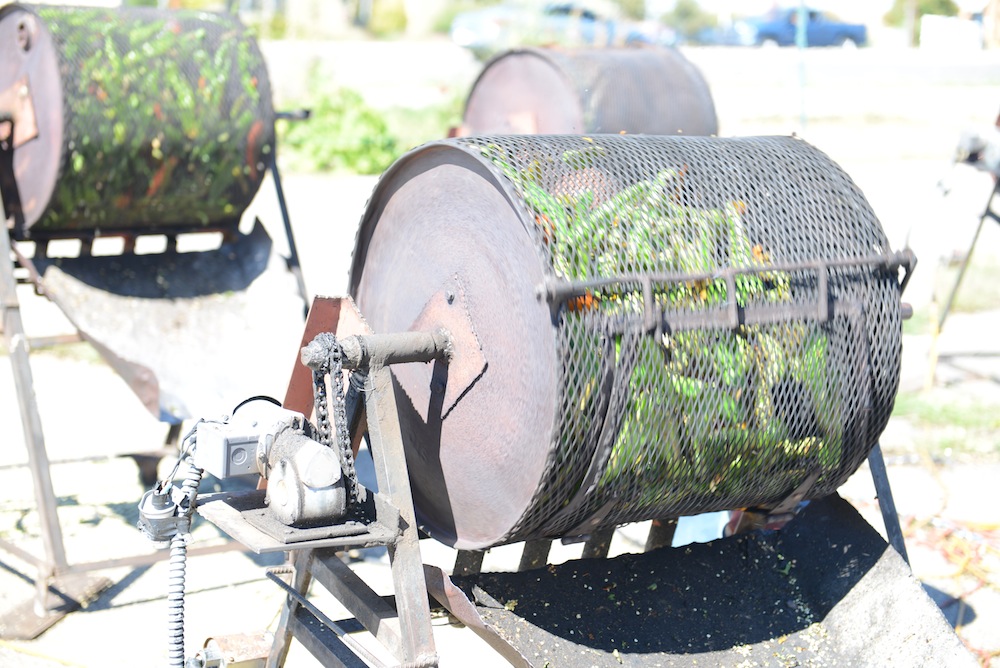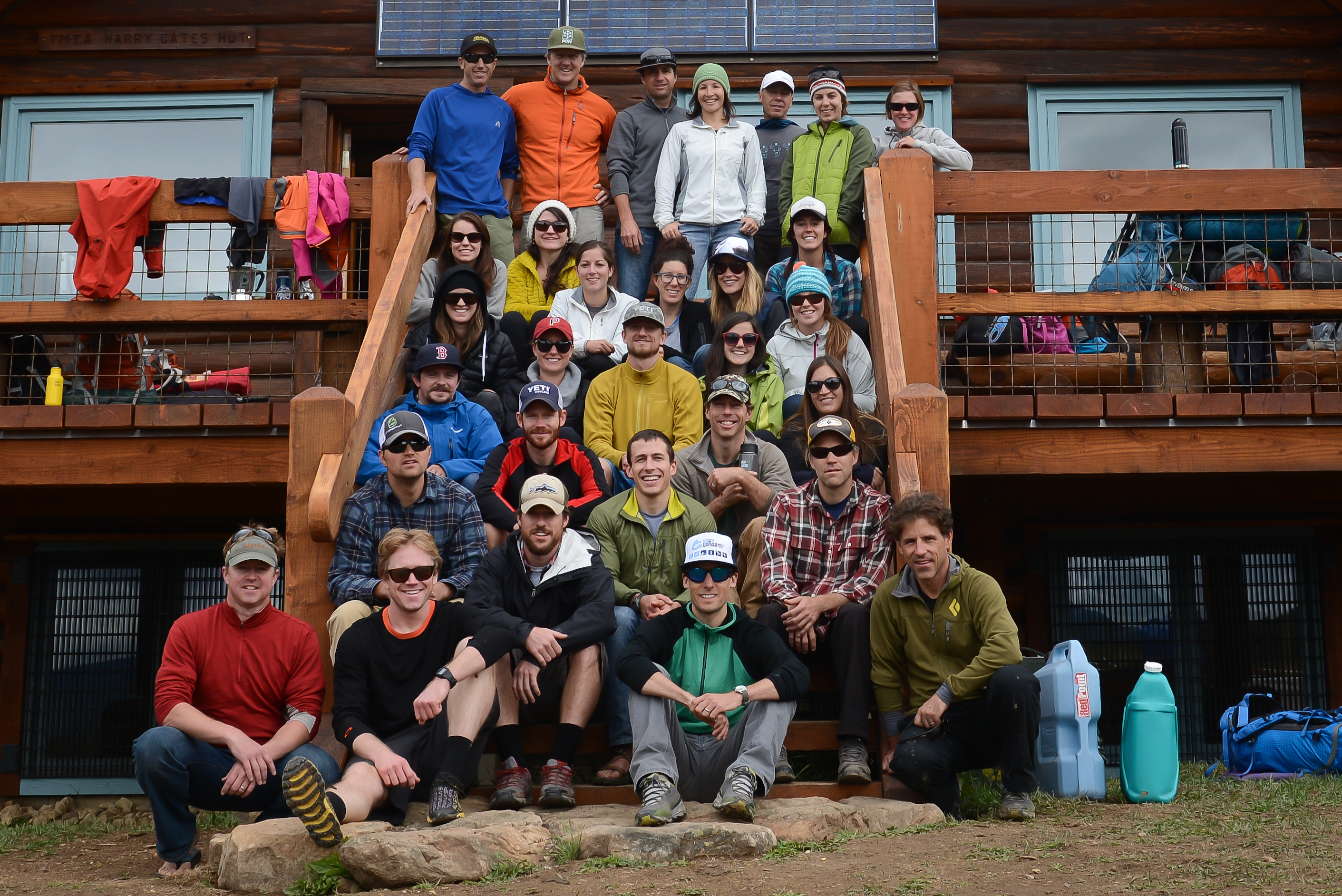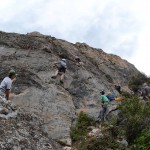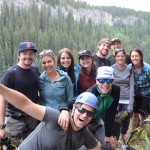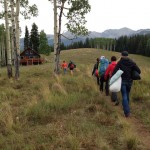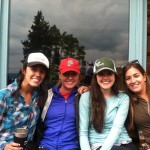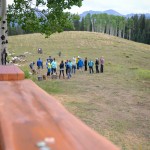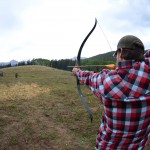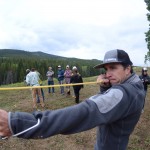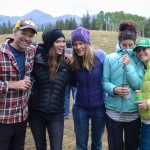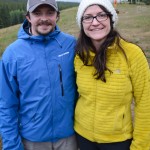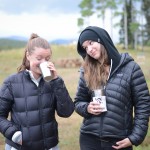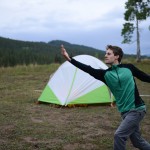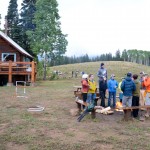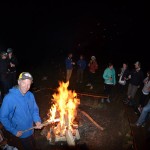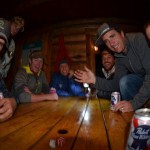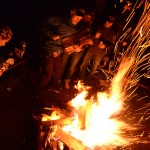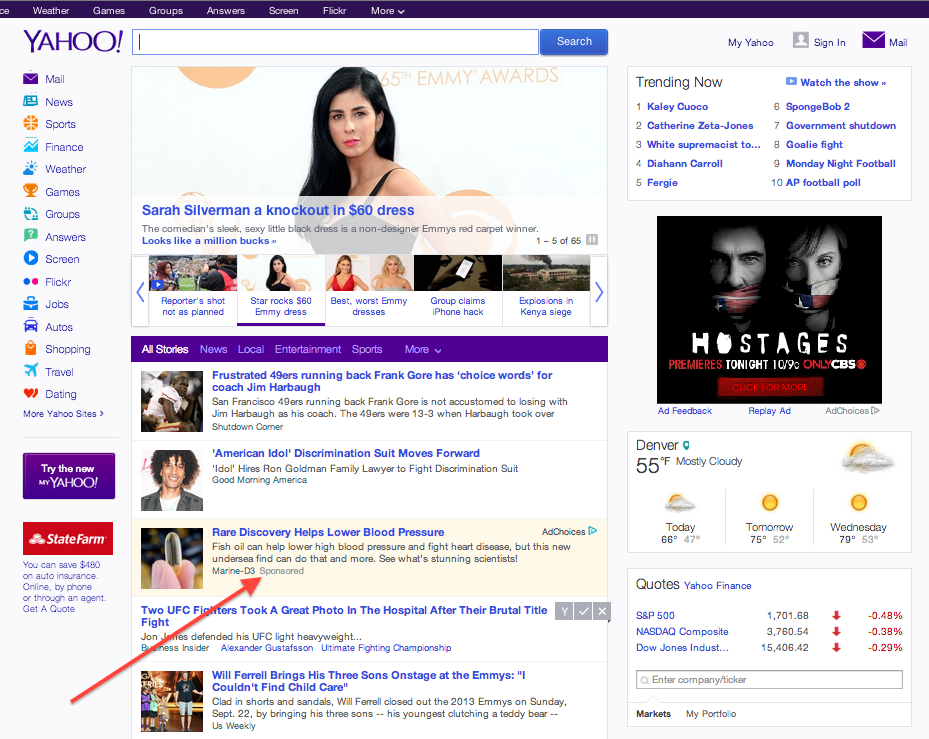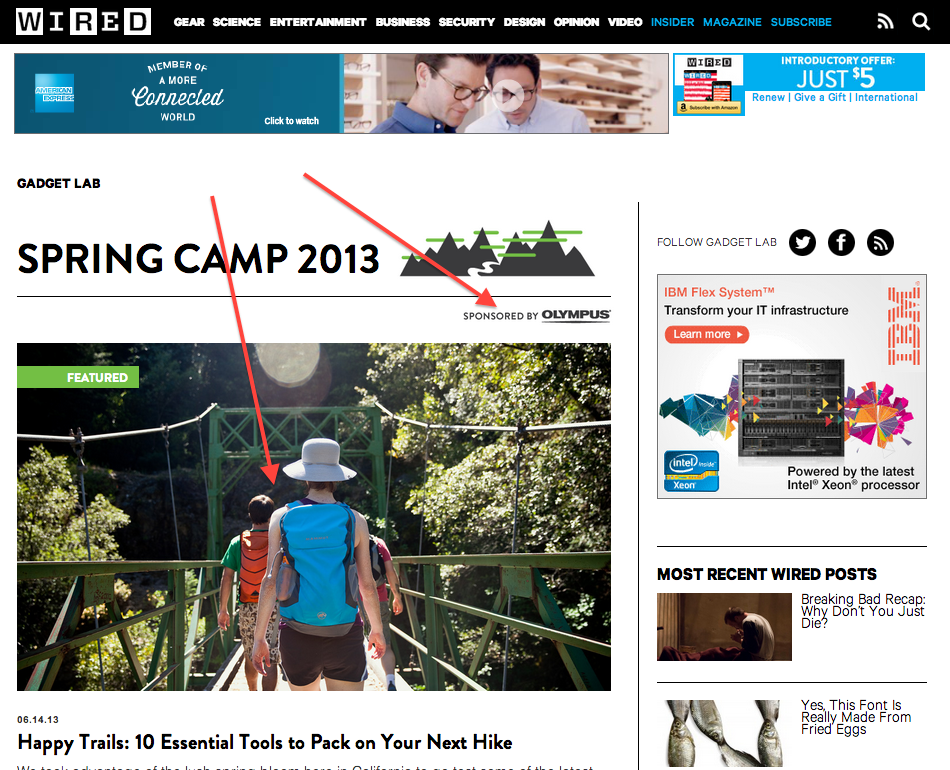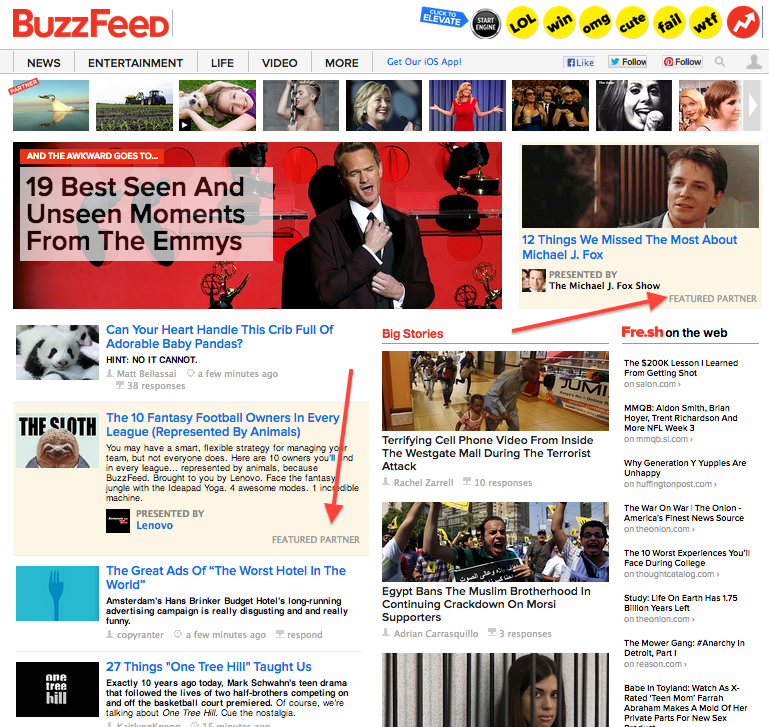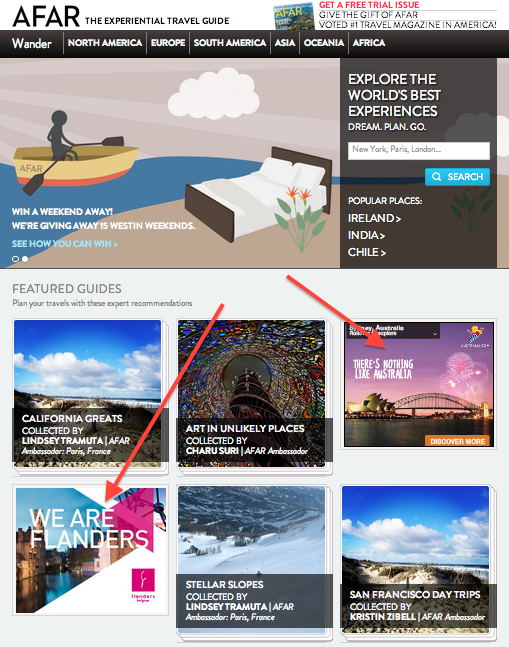So often, despite brand KPIs, digital marketing success boils down to conversions. Did they click my banner? After they clicked, did they immediately buy my product?
But, is a digital impression worth more than a click and more than a post-click conversion? When trying to change a brand perception, launch a new product or simply making the brand introduction to the consumer, the value of an impression goes well beyond immediate actions taken. The challenge is, when all of this data is available, how do we exercise the self-control to remain true to upper-funnel objectives?
Sure, high impact units (large canvas overlays, site skins, pushdown windows, etc.) often “perform” well when looking at total clicks. But, how do they deliver on true brand objectives? Thankfully, Ipsos ASI, in partnership with Undertone, recently validated the power of a high impact digital impression.
The study monitored campaigns for Special K, Macy’s, Nair and Volvo (CPG, Retail, Auto). Each campaign included full screen takeovers, large canvas display (IAB Rising Start units) and skins.
When looking at unaided brand recall and ad recall, high impact display significantly out-performed a standard 300×250 banner. The full-screen takeover delivered a 124% higher unaided brand recall than the standard banner. Makes sense that a giant, standout placement would have better brand recall. But, what is the deeper benefit? Well, turns out that high impact ads are also more likeable than standard banners (30-49% more). People like the uniqueness and entertainment value, and they find them worth sharing with friends and family (many of these units will include social elements and video).
Is high impact display the right tactic to fill your site’s shopping carts? Maybe not directly. But, is it a valuable tactic to move the needle for your brand? Absolutely.
The full study, as well as other insightful white papers, can be downloaded here. Thanks to our friends at Undertone for their valuable work in digital research!

